The Micky-Dink, 1929
The economic crisis following the end of WW1 had many railroads looking for an alternative to empty passenger trains running on branch lines. The rise of automobiles combined with improved roads and highways cut deep into passenger traffic of the railroads. Looking to reduce costs and satisfy ICC requirements to provide rail service for the "common good", the rail companies turned to self propelled rail cars. Betweem 1921 and 1930, American railroads purchased 800 small capacity units. They varied in size and power and, for a time, offered an attractive means to stem the flow of red ink on lightly travelled rail lines. These gasoline powered units ranged from an 84 fare passenger carrying car to miniscule units that sat 16 paying ticket holders. Almost every example of these "motor trains" were custom built from specifications requested by each railroad. In addition to carrying passengers these units carried express freight (usually small packages) and the U. S. Mail. In fact the mail contracts were the only reason that allowed these "doodlebugs" to turn a profit or just break even. Eventually freight hauling trucks, interstate buses, "a car in every garage" and the rise of air travel brought the railroads to their knees by 1950. The first casualities were the motor trains on the branch lines with the proud mainline routes facing financial ruin as well. Progress!
My Model
My version of the "doodlebug" is a Mack company rail bus that saw service on the tiny nine mile long Narragansett railroad. The railways owners ran this small operation on a frugal budget, always seeking ways to cut operating costs (their stations had no seats for waiting passengers). The famous Mack truck company made a bid early on to offer a quality product to cash strapped railroads. The Narragansett RR took delivery on this self propelled rail bus in 1929. The two motor men that operated this car had the nick names of "Micky" and "Dink" and the rail bus took this as its un official "title" by the daily passengers. The model is electric, 1:29 scale, and depicted a typical wood sided railbus. The kit was sold in either finished or un finished (some assembly required plus paint) versions. Mine was the latter and I added a number of "refinements" to it. As Mack never built a wood sided bus, I added plastic sheet to represent a steel exterior. The "clerestory" windows on the roof were removed and plastic sheets applied to fill in the gap. I added passengers, freight to the cargo compartment, and an engineer. Other details were air horns, a bell, roof chimney, grab irons, new passenger egress doors, portholes, grill, bulldog radiator cap, air tanks, snow plow/cow catcher, and marker lights on the back. I airbrushed the model with Floquil railroad colors and added some dirt and grime to give it that RR "look". As the pictures show, the "Micky Dink" operates on my branch line located in my backyard, weather permitting.

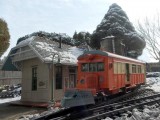
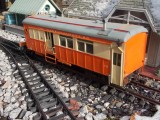
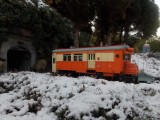
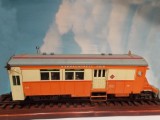
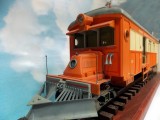
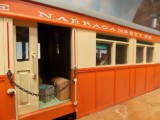
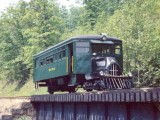
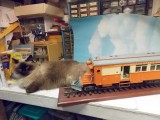
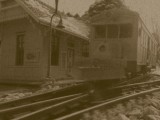
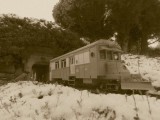
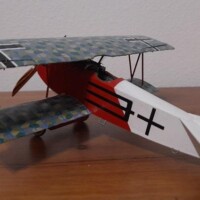
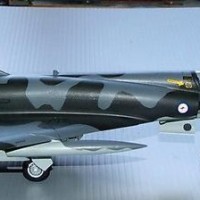
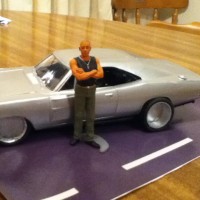
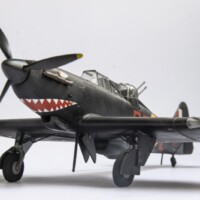
Looks real, Mike..work !
nice work !
Excellent craftsmanship - AND photographic work. I like it.
Mike,
What a wonderful story, and a fantastic model (working) to go with it. You have produced something very special. Thank you!
This is why I love this hobby….you never know when you are going to learn something new. This is really cool. Mike, you really are amazing and a very talented modeler. Thanks for sharing this.
Mike,
You did it again. Absolutely stunning and I love the way you have presented this in diorama format. Very interesting story which I had never heard of. I have never been to Narragansett but if the cats grow that large there I will NEVER go.
You're a real educator, as well as an excellent modeler, Mike.
Thanks for the history behind the rail car. Nicely done and keep enjoying the backyard railroad.
man...you do it all mike...and everything you do is in such lovely colors and fascinating subjects...love your posts